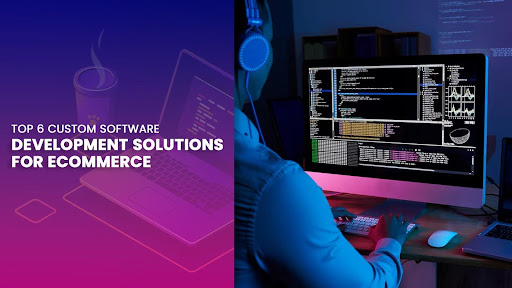
Choosing between print on demand (POD) and traditional manufacturing methods
is a critical decision for businesses looking to produce goods. Each method has
its own unique advantages and disadvantages, so let’s explore them further:
Print on Demand:
Pros:
- Cost-Effective: POD eliminates the need
for large investments in inventory, reducing the financial risk for
businesses. With Printseekers, one of leading print on demand
suppliers, businesses can start with minimal upfront costs. Printseekers offers worldwide shipping and integrates
seamlessly with Shopify and Etsy platforms, making it easy for businesses
to sell their products globally.
Example: A small boutique clothing brand can offer a wide range of
designs without worrying about overstocking or upfront costs. They can partner
with Printseekers to produce each item only when it’s
ordered, minimizing financial risk.
- Flexibility: POD allows businesses
to offer a diverse range of products without worrying about minimum order
quantities. This flexibility enables businesses to experiment with new
designs and cater to niche markets or emerging trends.
Example: An artist can create a variety of designs for t-shirts,
mugs, and prints and sell them through their online store. With Printseekers, they can easily add new products to their
Shopify store and fulfill orders as they come in.
- Quick Turnaround: With POD, orders are
fulfilled on demand, leading to faster turnaround times. This agility
enables businesses to respond quickly to customer demand and market
trends, enhancing customer satisfaction.
Example: A podcaster launches a limited edition
merchandise line tied to a popular episode. With Printseekers,
they can fulfill orders promptly, capitalizing on the
spike in demand.
Cons:
- Limited Customization: While POD offers some
customization options, it may not be suitable for highly complex or
specialized products that require intricate manufacturing processes.
Example: A furniture designer may find it challenging to offer
fully customizable pieces through POD due to limitations in materials and
production methods.
- Higher Unit Costs: Unit costs for POD
products can be higher compared to traditional manufacturing, especially
for low-volume orders. This can impact profit margins, particularly for
businesses selling lower-priced items.
Example: A business selling inexpensive phone cases may struggle to
maintain competitive prices when using POD due to higher unit costs.
Traditional Manufacturing:
Pros:
- Economies of Scale: Traditional
manufacturing often offers lower unit costs for high-volume production
runs, resulting in higher profit margins for businesses.
Example: A large clothing retailer can produce thousands of units
of a single design, reducing the cost per item and maximizing profits.
- Greater Customization: Traditional
manufacturing methods allow for greater control over product design,
materials, and finishes, making them suitable for highly customized or
complex products.
Example: A luxury watchmaker can offer bespoke timepieces with
intricate detailing and personalized engraving, catering to discerning
customers.
- Quality Control: With traditional
manufacturing, businesses have greater control over quality assurance
processes, ensuring consistent product quality and customer satisfaction.
Example: An automotive manufacturer rigorously tests each component
to ensure reliability and safety before releasing a new model to the market.
Cons:
- Inventory Management: Traditional
manufacturing requires businesses to maintain inventory levels, tying up
capital and increasing the risk of overstocking or obsolescence.
Example: A technology company may struggle to sell outdated models
if market demand shifts or if newer, more advanced products are released.
- Longer Lead Times: Production lead times
in traditional manufacturing can be longer compared to POD, resulting in
slower response times to market demand and trends.
Example: A fashion brand may miss out on sales opportunities if
they cannot produce and deliver new designs quickly enough to capitalize on
emerging trends.
- Higher Risk: Investing in large
quantities of inventory upfront carries the risk of unsold stock,
particularly if market demand changes unexpectedly.
Example: A toy manufacturer may face financial losses if a new
product fails to meet sales expectations and remains unsold on store shelves.
In conclusion, both print on demand and traditional manufacturing offer
distinct advantages and drawbacks. Businesses should carefully evaluate their
needs, budget, and target market to determine which method aligns best with
their goals and objectives. Whether opting for the flexibility of POD with Printseekers or the customization and scale of traditional
manufacturing, success ultimately depends on understanding and meeting customer
needs effectively.








